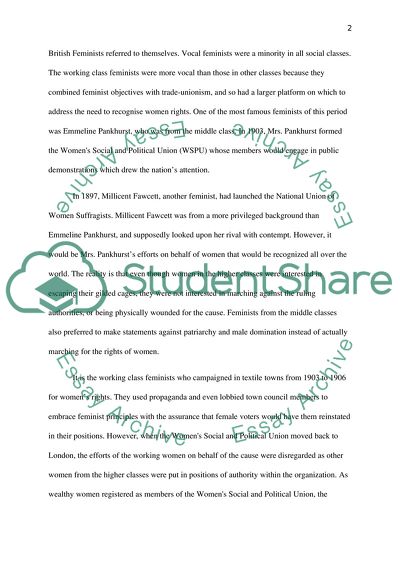Cite this document
(“Research Paper Proposal Example | Topics and Well Written Essays - 1000 words - 2”, n.d.)
Research Paper Proposal Example | Topics and Well Written Essays - 1000 words - 2. Retrieved from https://studentshare.org/gender-sexual-studies/1666050-research-paper-proposal
Research Paper Proposal Example | Topics and Well Written Essays - 1000 words - 2. Retrieved from https://studentshare.org/gender-sexual-studies/1666050-research-paper-proposal
(Research Paper Proposal Example | Topics and Well Written Essays - 1000 Words - 2)
Research Paper Proposal Example | Topics and Well Written Essays - 1000 Words - 2. https://studentshare.org/gender-sexual-studies/1666050-research-paper-proposal.
Research Paper Proposal Example | Topics and Well Written Essays - 1000 Words - 2. https://studentshare.org/gender-sexual-studies/1666050-research-paper-proposal.
“Research Paper Proposal Example | Topics and Well Written Essays - 1000 Words - 2”, n.d. https://studentshare.org/gender-sexual-studies/1666050-research-paper-proposal.


